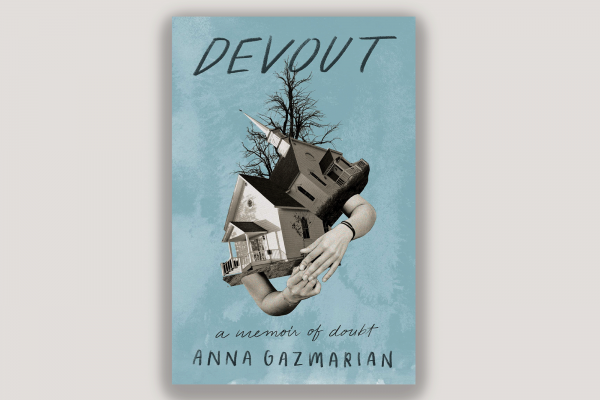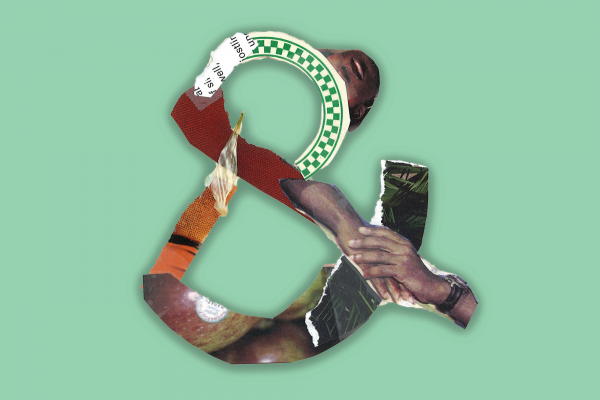If you’ve had enough of the Marvel Cinematic Universe, and you hopped off the Batman train several films ago, The Sandman might be the series to restore your faith in comic adaptations.
Instead of super-powered men in tights running around blowing things up, the new Netflix series introduces viewers to the Lord of Dreams, Morpheus (played pitch-perfectly by Tom Sturridge) — one of the seven Endless who try to keep the universe running smoothly. Morpheus’ job is to maintain the firm walls between the waking world and his realm, the Dreaming. But while there are a couple of villains scattered throughout this first season, the show is much more about the inner workings of the cosmos — mechanisms that are far above humanity’s pay grade — and the terrible consequences when we try to interfere with those workings. Most intriguingly, the series works to explore the baffling combination of kindness and cruelty that we experience in our universe.
The first episode starts off with some gothic hammy-ness. An esoteric cult, led by a wealthy nobleman (Charles Dance) who has assumed the title of Magus, tries to perform a ritual to capture the character Death. Their thinking is that once they’ve bound Death, they’ll be able to extort him (though we find out later that Death is in fact a her) into bringing their loved ones back. Their ritual almost works; but instead, they capture Death’s brother, Dream, aka, Morpheus.
Morpheus spends the next century caged in a glass ball, refusing to speak to his captors, while in the outside world millions of people fall victim to a sleeping sickness that leaves them either unable to sleep or unable to wake up. This is only the first of many times in the series when humans, either through indifference, greed, or misguided understandings of the universe, meddle in the affairs of the Endless, and bring dire outcomes down on the heads of innocent bystanders.
Morpheus outwaits his captors, and is eventually freed, but finds that much has changed during his captivity. His three most important tools were stolen from him; recovering them is going to consume the first half of the season. If you come to The Sandman expecting a traditional superhero story, you’re bound to be disappointed: When the Sandman finally faces the adversaries that pop up in this season, the confrontations are over before they’ve hardly begun, so overwhelming is Morpheus’ power over his creations. Instead, what’s most compelling about the series is the wildly creative, deeply thoughtful world-building that author Neil Gaiman, who was heavily involved in the adaptation, has undertaken.
And what a world this series builds. One of the nastiest pieces of television you’re likely to see is episode five, “24/7.” One of Morpheus’ missing tools is his amulet, which gives him control over humanity’s dreams. It’s fallen into the hands of a disturbed man named John (David Thewlis), who has decided to use it to reshape the world into a place where everyone is honest with each other, all the time. He tries this out on a group of patrons at a local diner, with horrifyingly gruesome results. John’s commandment of radical honesty leads to the patrons being unable to suppress their desires, whether that be to possess one another sexually or harm each other — or even themselves.
I hope that viewers will be able to get through this episode in order to experience the next one; the grace-filled “The Sound of Her Wings” is so much more beautiful after seeing the terribleness that comes before. In this high point of the show, we are first introduced to Death (Kirby Howell-Baptiste). Morpheus, having recovered his tools, is moping on a park bench, tossing pieces of bread to a flock of birds. His sister appears and tries to bring him out of his funk by taking him along on her daily rounds.
We learn that Death views kindness as the most important part of her job. She takes Dream to the apartment of an elderly man playing his violin. Upon recognizing her, he asks for a moment to recite the Shema one last time, the prayer that some Jews say in both the morning and the evening. She gladly grants him this moment. As Death takes his hand, he asks, “Now what?” Death tells him, “Now’s when you find out.” Later, in a truly tear-jerking moment, Death gathers a baby from its crib. She cradles the baby, and gently says, “Yeah, I’m afraid so. That’s all there is, little one. That’s all you get.” It’s a beautiful encapsulation of The Sandman’s vision — a world where unkind, sometimes horrible, things happen, but one that is still ruled by empathy. It’s a lesson Morpheus spends this season learning.
These episodes offer contrasting visions of darkness and kindness, evil and hope, but they contrast each other in another important way: They’re a vision of how the universe works when humans try to control it, versus how the universe can run when we make peace with the small roles we play in this life, and the short time we’re allotted for them. In these two episodes, Gaiman has constructed a sort of theodicy — an apologetics for how the universe works. We see its cruelty, brought about both by humans and by the mechanics that make the world tick. But we also see the kindness of those who lie behind these mechanics, particularly embodied by the compassion of Death.
Viewers would be wise to approach The Sandman expecting a slow burn rather than a breakneck action extravaganza. There’s plenty of horror, but these moments are spaced out through the deeply human moments of Morpheus coming to terms with what it means to serve humanity — and what it really means to dream in a world filled with both terror and grace, a world that works best when humans can trust that there’s kindness at the universe’s heart, even when it’s difficult for us to see.
Got something to say about what you're reading? We value your feedback!







